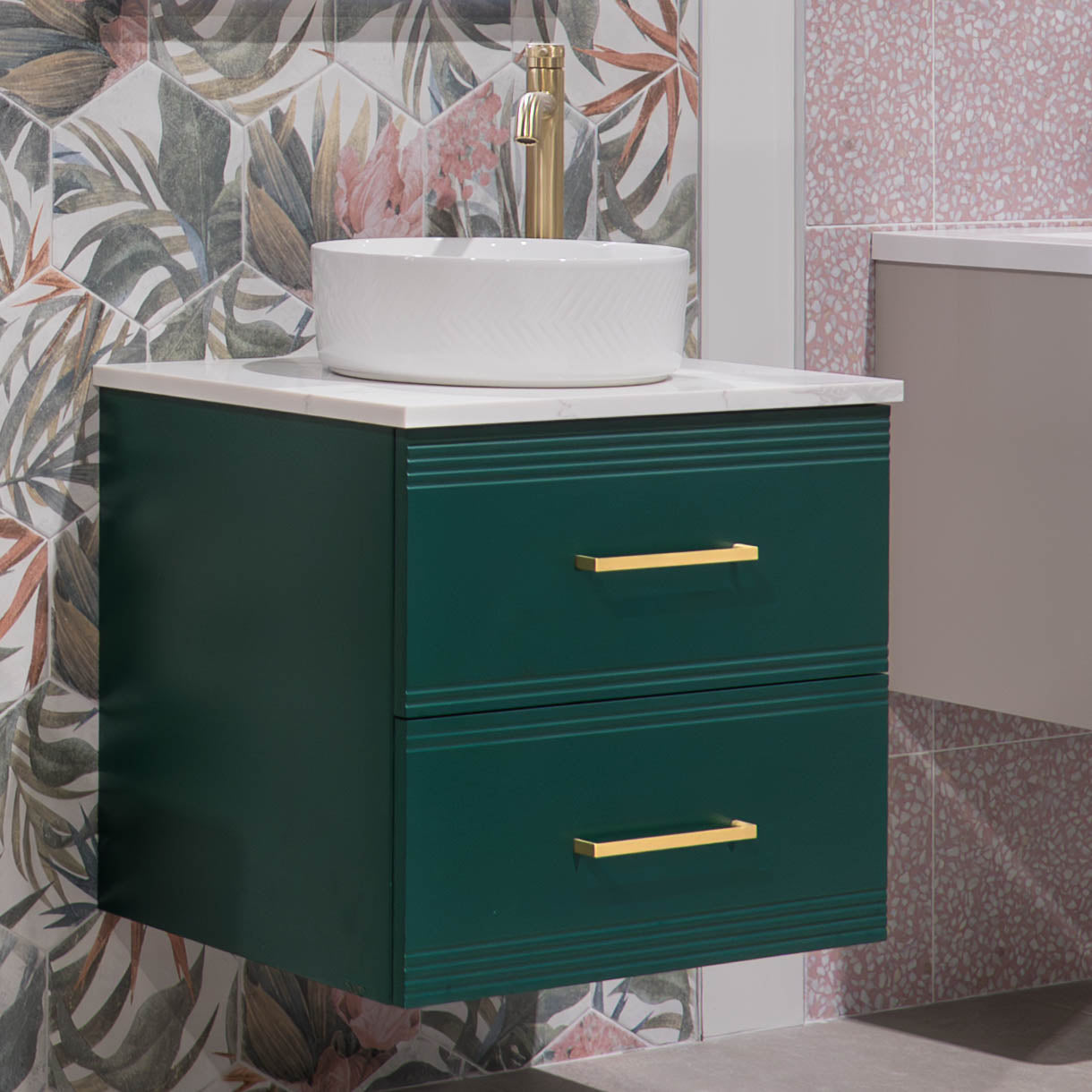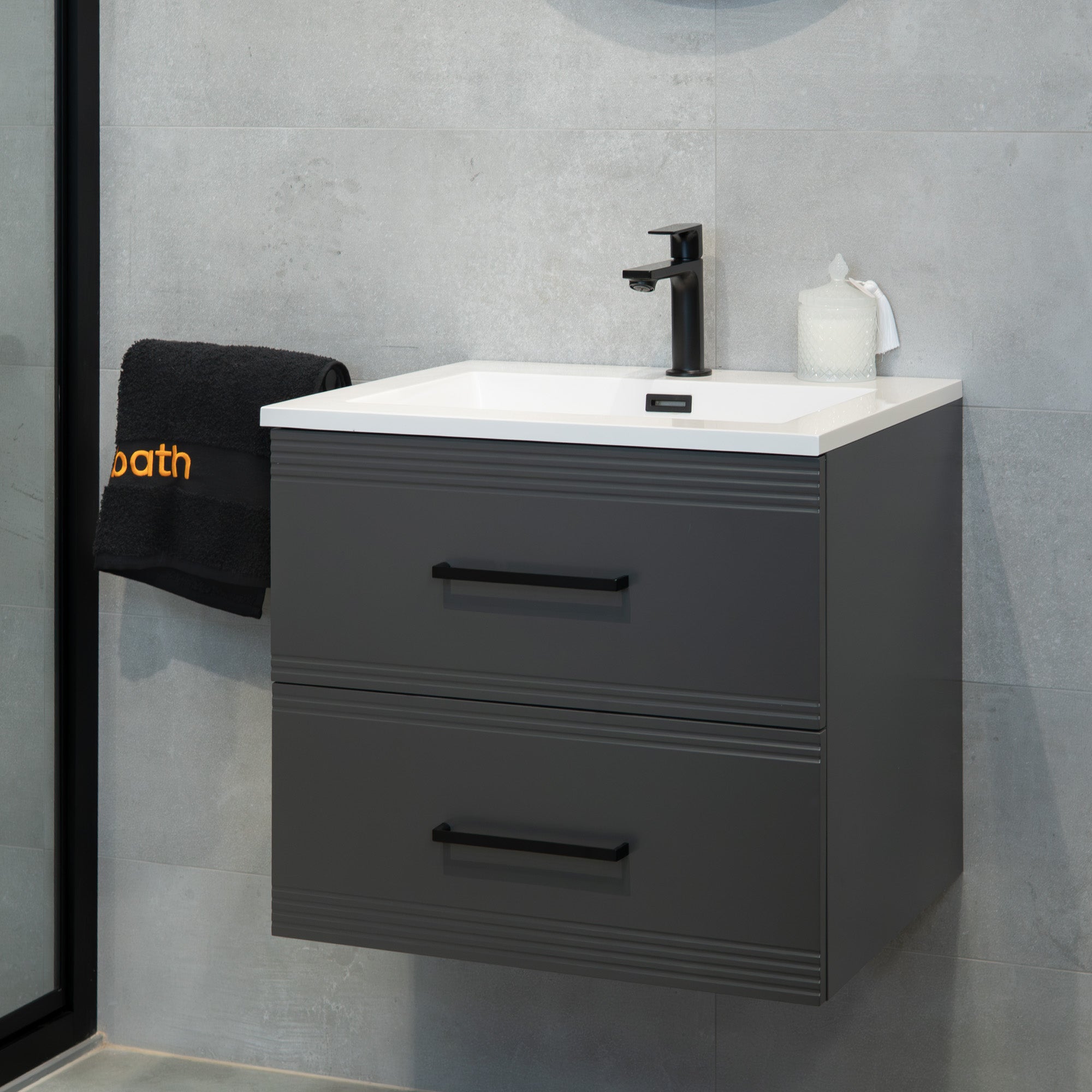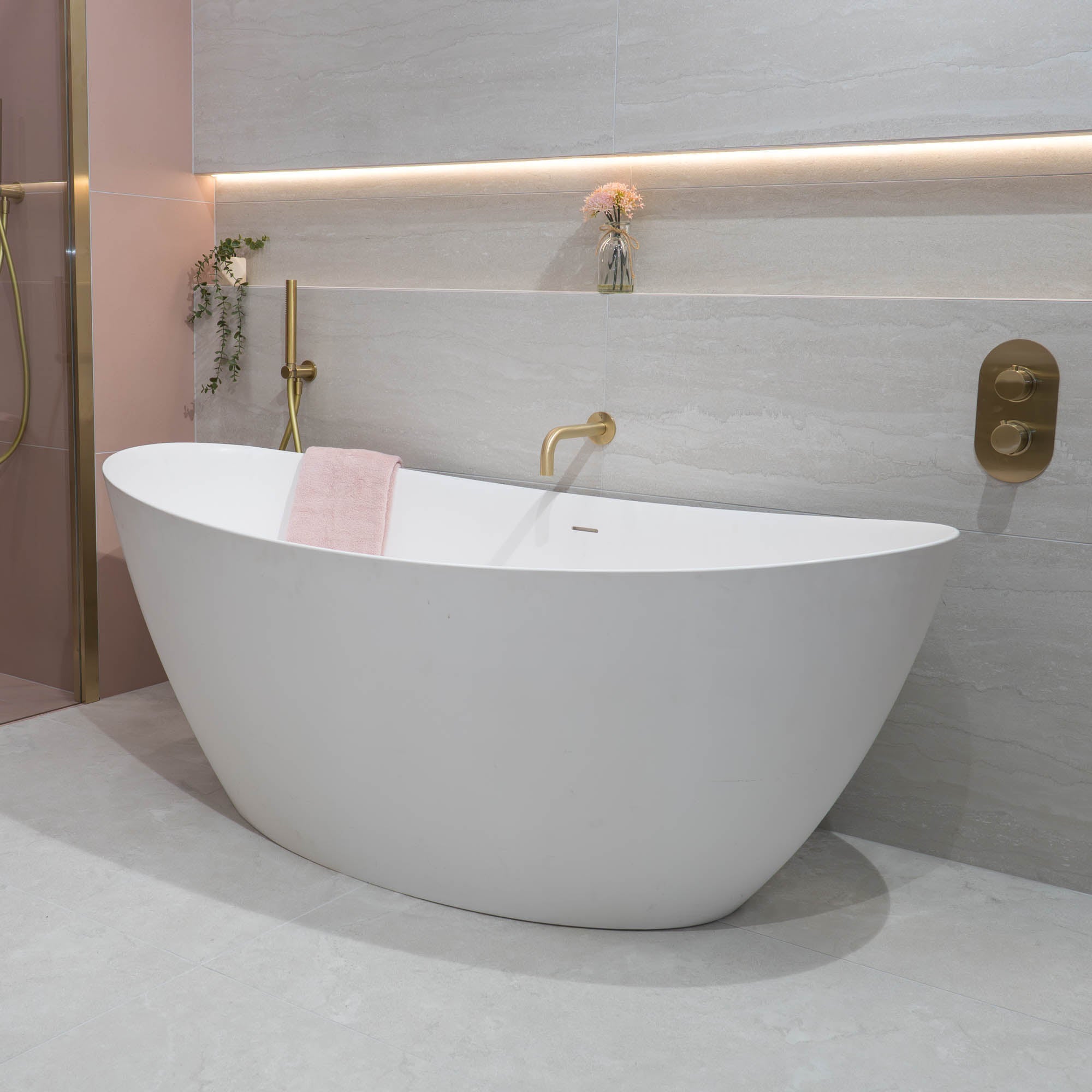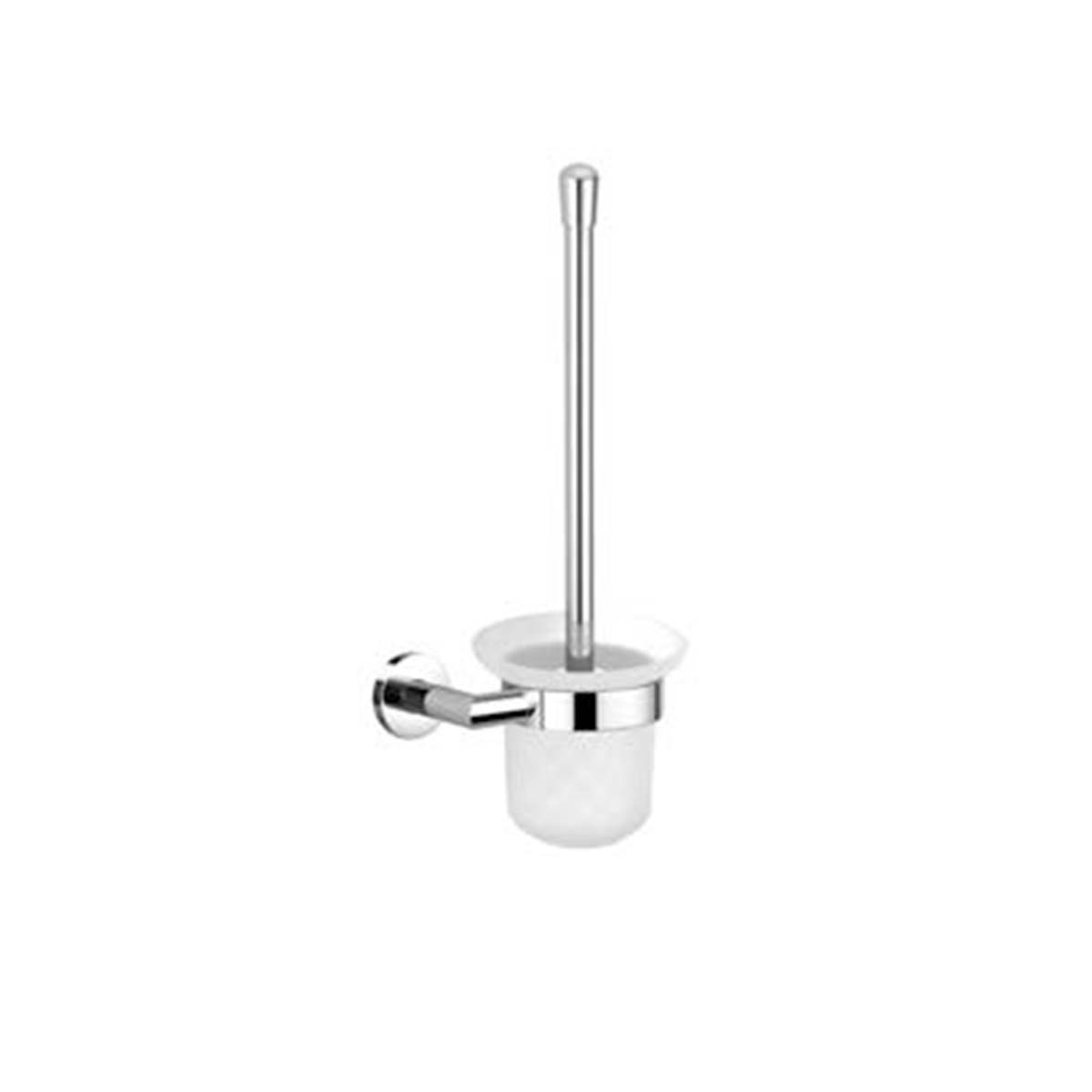Bathroom renovations are exciting opportunities to transform a functional space into a haven of relaxation and style. Among the myriad choices homeowners face, selecting the right tiles stands out as a crucial decision. Tiles not only contribute to the aesthetics of the bathroom but also play a significant role in functionality and maintenance. In this comprehensive guide, we will explore the key factors to consider when choosing bathroom tiles, ensuring that your selection aligns with both your personal style and practical needs.
1. Assessing Your Bathroom Tile Style:
The first step in choosing the right bathroom tiles is to assess your personal style and the overall design scheme of your home. Are you drawn to a classic, timeless look, or do you prefer a more contemporary and bold aesthetic with patterned tiles? Consider the existing colour palette and decor in your home to ensure cohesion. For a cohesive look, choose tiles that complement the overall style of your living space.
2. Understanding Bathroom Tile Materials:
Bathroom tiles are available in various materials, each with its unique characteristics. Understanding the qualities of different materials can help you make an informed decision.
Ceramic Tiles: Affordable and versatile, ceramic tiles are a popular choice. They come in a wide range of colours, patterns, and sizes, making them suitable for various design preferences.
Porcelain Tiles: Known for their durability, porcelain tiles are resistant to moisture and stains. They are an excellent choice for bathrooms due to their low maintenance and ability to mimic the look of natural stone or wood.
Natural Stone Tiles: If you desire an elegant and luxurious look, natural stone tiles like marble, travertine, or slate are excellent options. Keep in mind that natural stone requires more maintenance, sealing, and may be susceptible to stains.
Glass Tiles: These tiles add a touch of sophistication and are available in a variety of colours and finishes. Glass tiles are easy to clean and can create stunning visual effects, but they may be more slippery when wet. Marble effect tiles are also very fashionable.
Vinyl Tiles: A cost-effective and resilient option, vinyl tiles are resistant to water and easy to install. They come in a wide array of designs, including options that mimic the appearance of natural materials.
3. Size and Layout:
The size and layout of your bathroom play a crucial role in determining the appropriate tile size and pattern. For smaller bathrooms, larger tiles can create the illusion of space, while mosaic or smaller tiles can add intricate detail. Consider the layout of fixtures and fittings when planning the tile pattern. Running large tiles diagonally can make a room feel more expansive, while herringbone or subway patterns can add visual interest.
4. Choosing the Right Colour Palette:
The colour palette of your bathroom tiles sets the tone for the entire space. Light-coloured tiles can make a small bathroom feel more open and airy, while dark tiles can add drama and sophistication. Neutral tones provide versatility and a timeless appeal, allowing you to experiment with bolder colour in accessories or decor. Consider the amount of natural light in the room when choosing your bathroom wall tile or floor tile colour to ensure that the space feels well-balanced.
5. Bathroom Tile Texture and Finish:
The texture and finish of bathroom floor tiles contribute to both aesthetics and functionality. Glossy tiles can add a sleek and modern touch, but they may be more slippery when wet. Matte finishes offer a more subdued and contemporary look while providing better traction. Consider using textured tiles for shower floors to enhance slip resistance.
6. Maintenance and Durability:
Bathrooms are high-moisture environments, so it's crucial to choose tiles that can withstand humidity and water exposure. Porcelain and ceramic tiles are popular choices for their durability and resistance to water damage. Natural stone tiles, while elegant, may require more maintenance and sealing to prevent staining. Assess the level of maintenance you are willing to undertake and choose tiles that align with your preferences.
7. Budget Considerations:
Establishing a budget for your bathroom renovation is essential, and tile selection can significantly impact overall costs. While high-end materials like natural stone may be more expensive, there are affordable alternatives that mimic the look of luxury materials. Consider the long-term investment and weigh the initial cost against the durability and aesthetics of the chosen tiles.
8. Environmental Impact:
For environmentally conscious homeowners, exploring eco-friendly tile options is crucial. Look for tiles made from recycled materials or those with certifications indicating adherence to sustainable practices. Additionally, tiles that contribute to energy efficiency, such as those with reflective surfaces, can positively impact your home's environmental footprint.
Conclusion:
Choosing the right bathroom tiles requires a thoughtful consideration of style, functionality, and personal preferences. By assessing your design preferences, understanding different tile materials, and considering practical factors such as size, colour, and maintenance requirements, you can create a bathroom that not only meets your aesthetic aspirations but also enhances the overall functionality of the space. Whether you opt for classic ceramic tiles, durable porcelain, or the timeless elegance of natural stone, your carefully chosen tiles will set the foundation for a bathroom that seamlessly blends style and functionality.
View the Deluxe Bathrooms full range of wall and floor bathroom tiles online today.

























